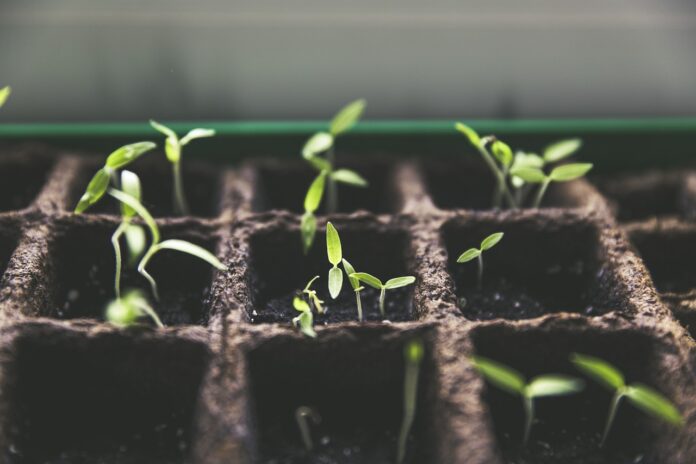What is Soil Testing and Why is it Important?
Soil testing is a fundamental practice in agriculture, landscaping, and environmental management. It involves analyzing the physical and chemical properties of soil to determine its health, fertility, and suitability for various purposes. Proper soil testing provides valuable insights that help optimize plant growth, minimize environmental impacts, and ensure sustainable land use.
Benefits of Soil Testing
Improved Crop Yield and Quality
- Identifies nutrient deficiencies and imbalances, allowing for targeted fertilizer applications
- Optimizes soil pH levels for maximum nutrient uptake
- Detects soil-borne diseases and pests, enabling timely management
Enhanced Soil Health
- Assesses soil structure, organic matter content, and microbial activity
- Monitors soil salinity and toxicity levels
- Identifies areas of soil compaction and waterlogging
Environmental Protection
- Prevents nutrient leaching and runoff, reducing water pollution
- Detects soil contamination from heavy metals and other pollutants
- Supports biodiversity by optimizing soil conditions for diverse flora and fauna
Methods of Soil Testing
Collection
- Collect soil samples from representative areas of the field or garden
- Use a clean trowel or soil probe and sample from different depths
- Remove any debris or vegetation
Analysis
- Send soil samples to a certified laboratory for analysis
- Tests may include:
– pH
– Nutrient levels (nitrogen, phosphorus, potassium)
– Texture
– Organic matter content
– Salinity
Interpreting Soil Test Results
Understanding Soil pH
- Soil pH measures the acidity or alkalinity of soil
- Optimal pH range for most crops is between 6.0 and 7.0
- Extremely acidic or alkaline soils may require pH adjustment
Nutrient Levels
- Soil tests provide recommendations for fertilizer applications
- Consider crop nutrient requirements and soil nutrient availability
- Avoid over-fertilization, which can lead to leaching and environmental issues
Organic Matter and Soil Structure
- Organic matter improves soil structure, water retention, and nutrient availability
- Soil compaction can restrict root growth and nutrient uptake
Actionable Takeaways
Before Soil Testing
- Determine specific testing requirements based on crop or plant species
- Consider soil history and previous management practices
- Collect representative soil samples following proper protocols
After Soil Testing
- Review test results carefully and consult with an expert if needed
- Implement recommended management practices, such as adjusting pH, applying fertilizers, or improving soil structure
- Monitor soil health and adjust management practices accordingly
- Keep a record of soil test results for future reference
Conclusion
Soil testing is an essential tool for successful soil management and sustainable agriculture. By understanding the physical and chemical properties of soil, we can optimize plant growth, protect the environment, and ensure the long-term health of our soils. Regular soil testing and interpretation of results allow us to make informed decisions that benefit both our crops and the ecosystem.


